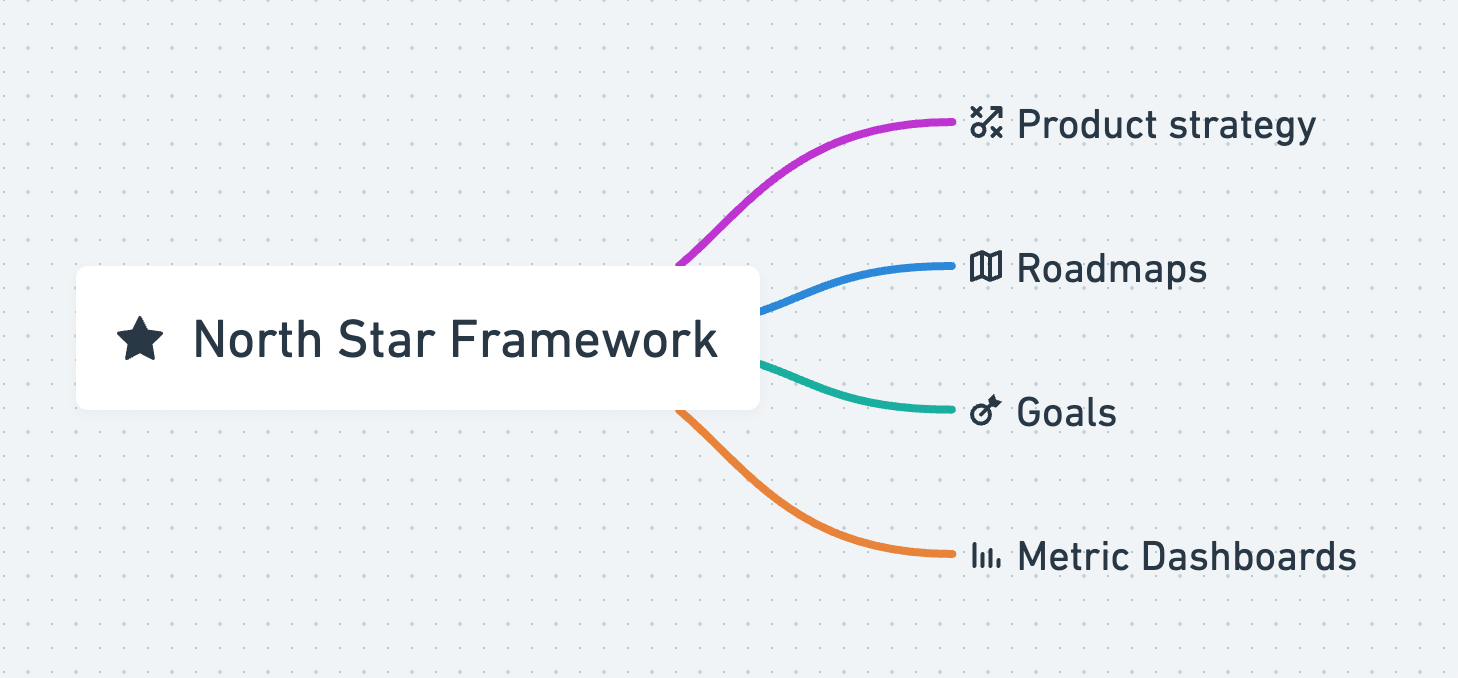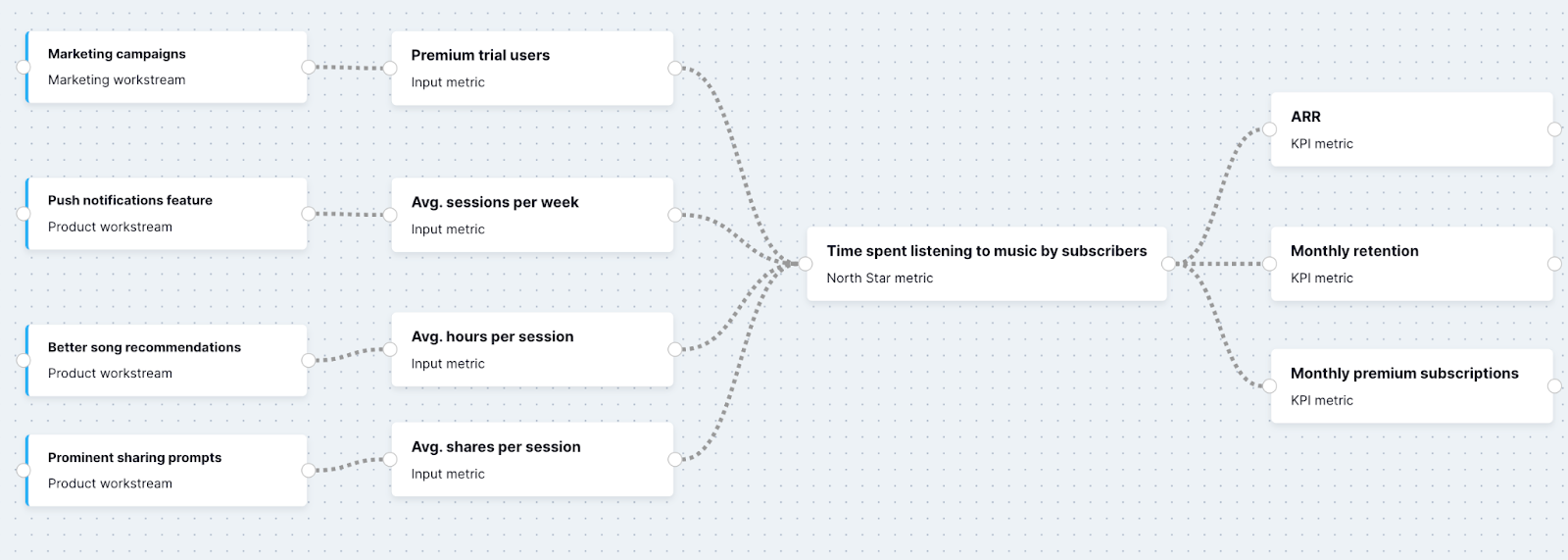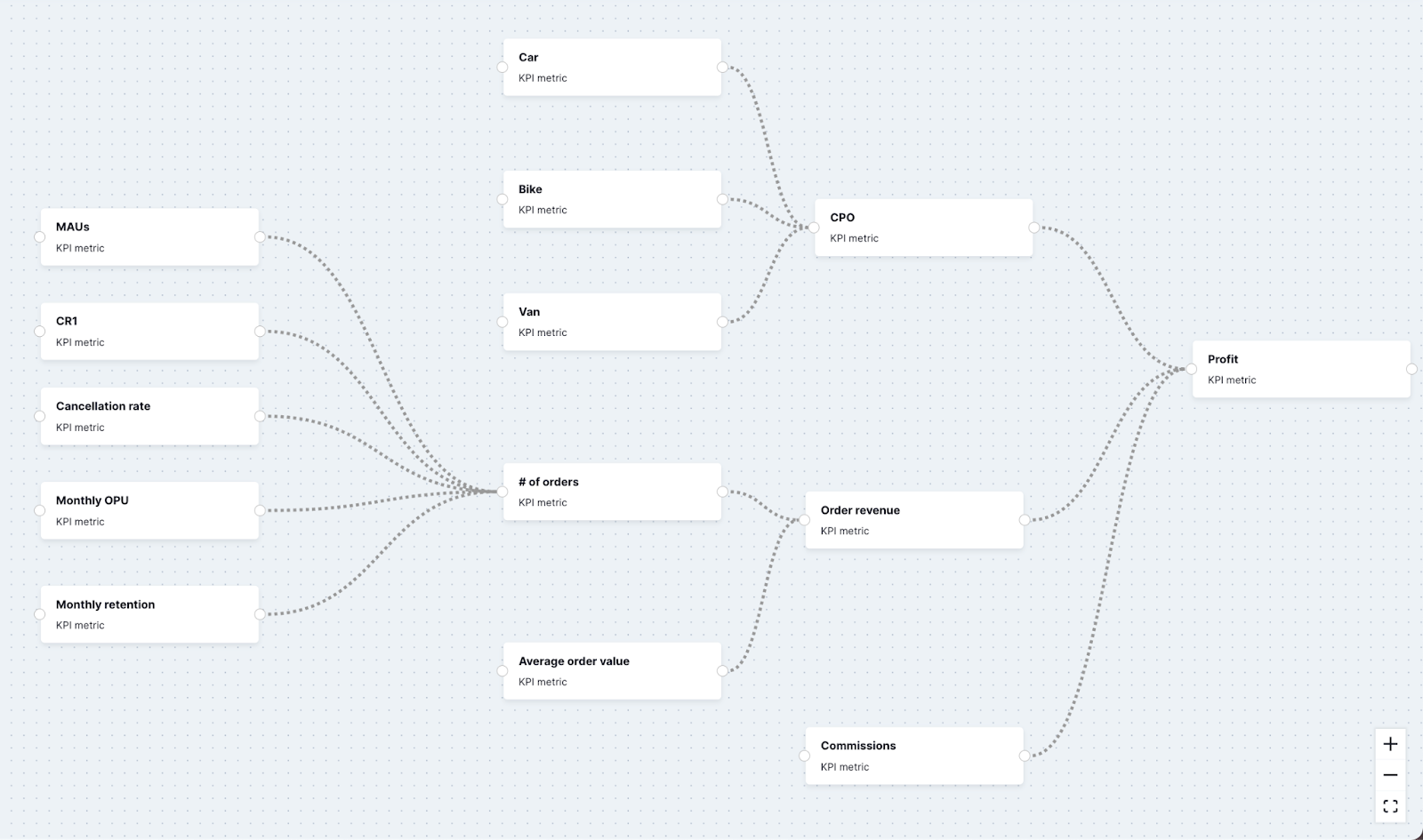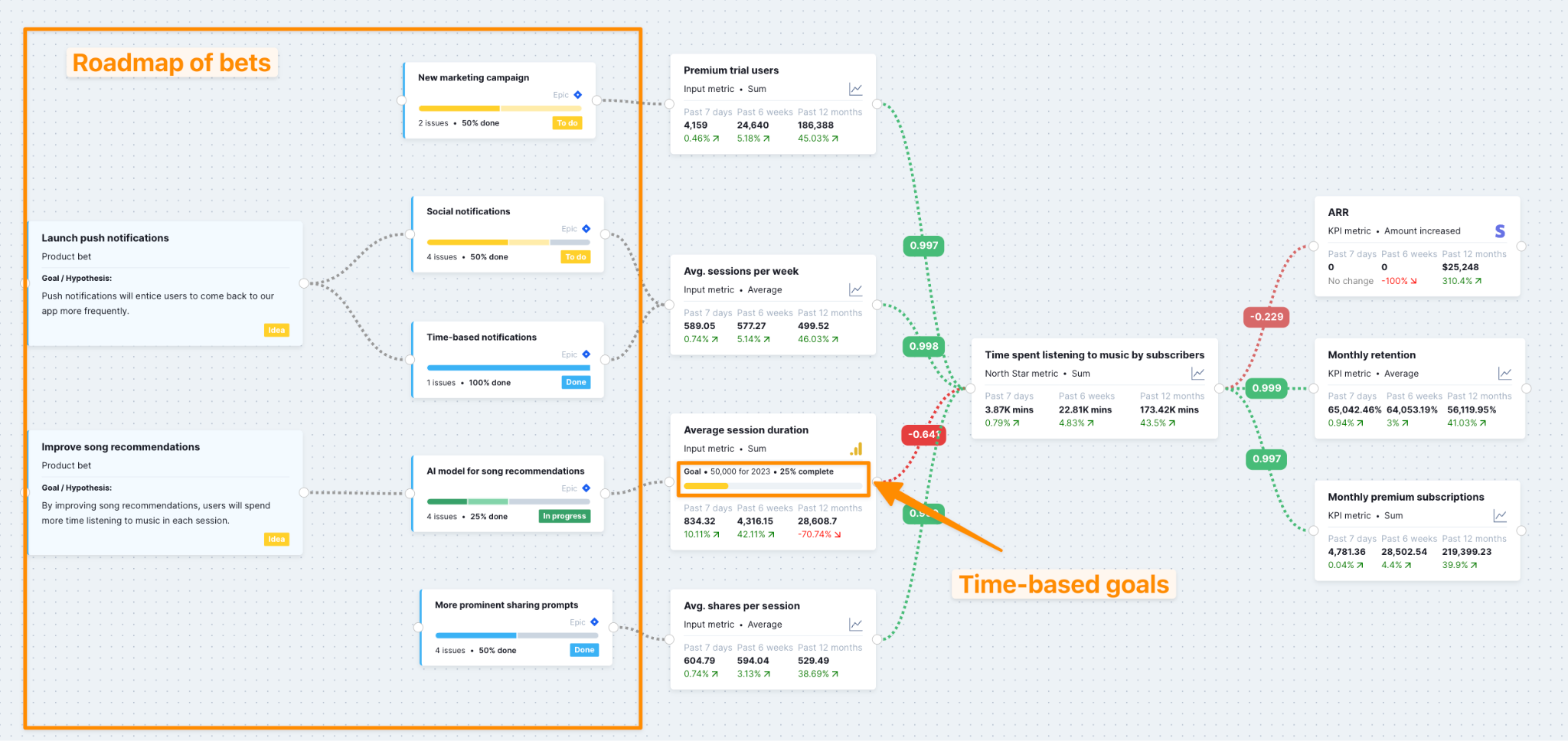The deep value of the North Star Framework is not a North Star metric

When teams attempt to apply the North Star Framework to their product, they often spend a lot of their energy trying to answer the question “What is our North Star metric?”
Reducing your business to one North Star metric is the wrong rabbit hole to go down, at least in the beginning.
For some companies like SpotHero, a singular North Star is a powerful way to rally around delivering customer value. I wrote about how SpotHero operationalized its North Star metric with DoubleLoop in a previous post.
But for other companies, reducing things down to one metric is harmful. In Don’t Become a Victim of One Key Metric, Casey Winters wrote about his experience at Pinterest:
The search for one key metric for a complex ecosystem like Pinterest over-simplifies how the ecosystem works and prevents anyone from focusing on understanding the different elements of that ecosystem. You want the opposite to be true. You want everyone focused on understanding how different elements work together in this ecosystem. The one key metric can make you think that is not important.
Is having a singular North Star metric right for your company? Maybe. It’s muddy. However, there’s deeper value you can get from the principles of the North Star framework without obsessing over a North Star.
Let’s take a step back and look at the job-to-be-done of the North Star Framework. In Persistent Models vs. Point-In-Time Goal, John Cutler says:
[The North Star Framework] serves as a belief map, driver diagram, or causal relationship diagram. It explains our mental model for how value is created and/or preserved in our product/system.
Put in practical terms, the North Star Framework provides a foundation for product strategy, roadmaps, goals, and metrics.

If we let go of the expectation that we must align on one key metric, we can focus on two more pressing things:
- Modeling your business in a way that fits naturally with your company.
- Building the muscles of operationalizing your model; that is, putting your model into action and refining it as you learn.
When it comes to modeling your business, you have options. Here are some examples of metric maps that were created in DoubleLoop:



I’ll leave it for another blog post to go deep on how to match the right type of model with your situation. In general, I recommend following the path of least resistance to get the ball rolling. Most companies completely skip the step of making a model. Consequently, their strategy, roadmap, goals, and metrics stand on shaky ground. If you can start by aligning on any models that resonate with your team, you have something to start iterating on. It’s more effective to test the merits of a model when you put it into action, compared to analyzing it in the abstract.
So what does it mean to “operationalize” a model?
Let’s start with product strategy. From Reforge’s 4 Elements Of An Effective Product Strategy:
A bad strategy tries to be a little bit of everything, which often looks like placing even bets across all different areas of product work.
But a great product strategy doesn't try to be everything to everyone and identifies points of leverage to focus resources around.
When defining a product strategy for a period of work, consider the KPI tree for a delivery marketplace. It would be ill-advised to try to influence every metric in the model. Instead, you can use the model to identify a small number of leverage points to focus on.

After aligning on a model-based product strategy, aligning on roadmaps, goals, and metrics comes more naturally.
Let’s look at a fully operationalized model for a music subscription service in DoubleLoop:

The visual shows (1) a roadmap of bets targetted towards leverage points in the model, (2) a time-based goal (a.k.a., OKR) to move a metric to a specific value for a set timeframe, and (3) a manageable set of metrics, with clear delineation between inputs and outputs.
Your model might be stable for years, or you might need to adjust it every few weeks, depending on where you are the in the learning process and how rapidly the environment changes around your product.
The key is to use your model to set the stage for your planning activities. Otherwise, strategic tensions in your company will grow insidiously when you try to prioritize projects or set OKRs. By continually considering and adjusting your model as a team when new info comes in, you’ll be able to maintain a strong foundation that will make everything else easier.
If you'd like to see how these concepts are applied in the real world, join us at the next North Star Jam Session with the Amplitude community on Jun 1, at 10:00 AM Pacific time. Register here.